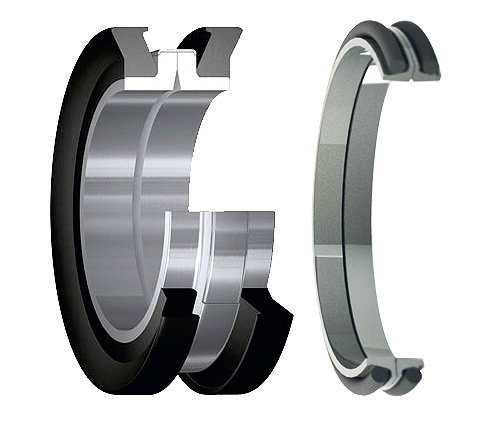Cylinder seal is a sealing element used to seal hydraulic or pneumatic cylinders, also known as cylinder seal, cylinder gasket or cylinder oil seal. It plays the role of preventing hydraulic or pneumatic pressure from leaking inside and outside the cylinder, so it has a wide range of applications in industrial production.
Cylinder seals are mainly divided into the following categories:
1. piston seal: installed on the piston of the cylinder, used to prevent leakage of liquid or gas through the gap between the piston and the cylinder. 2. rod seal: installed on the piston of the cylinder, used to prevent leakage of liquid or gas through the gap between the piston and the cylinder.

2. rod seal: installed on the rod of the cylinder, used to prevent the leakage of liquid or gas through the gap between the rod and the cylinder. 3. flange seal: installed on the rod of the cylinder, used to prevent the leakage of liquid or gas through the gap between the rod and the cylinder.
3. Flange seal: installed on the flange of the cylinder, used to prevent the leakage of liquid or gas through the gap between the flange and the cylinder.
4. Rotary seal: installed on the rotating part of the cylinder, used to prevent the leakage of liquid or gas through the gap between the rotating part and the cylinder.
The materials of cylinder seals are rubber, polyurethane, polyamide, polyester, PTFE, etc., of which rubber seal is the most commonly used one. Rubber oil seals are wear resistant, high temperature resistant, oil resistant, corrosion resistant, etc. and can adapt to various working environments.
The application range of cylinder seals is very wide, involving machinery, automobile, shipbuilding, metallurgy, petrochemical, aerospace and other fields.
Post time: Jul-11-2023






